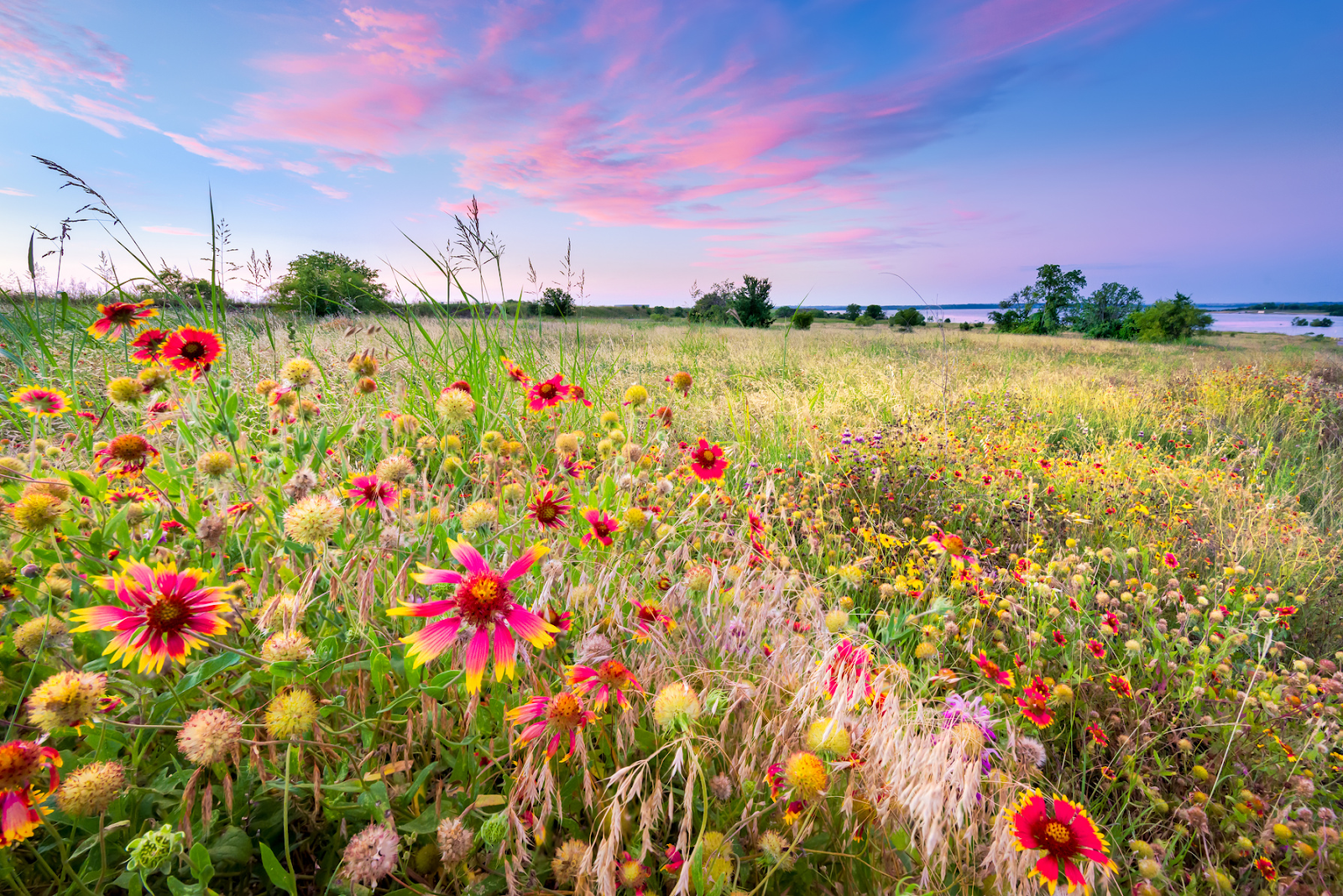Posted by: Deryn Davidson, Horticulture Agent, Boulder County
 |
| Photo from CSU Extension Fact Sheet 7.233 |
Native wildflower and grass seeds can be sown any time of
year, but we are entering the ideal sowing window: Fall. Whether you are
looking to covert a small section of your yard to a more naturalized looking
pollinator garden, or your HOA is considering creating large areas of native
vegetation, as the cooler weather approaches, you can be planning out your
steps.
Seed sourcing: There are many wildflower mixes available
both in retail and online spaces. Buyers beware, some of the species that might
be included in those mixes are often non-native and invasive. They can quickly
become more of an issue than a benefit. Be sure to look closely at the species
list and try to source your seeds from local, reputable sources rather than
more generic, national level brands. What might work well in the one part of
the county, could be a problem here in the intermountain-west. Which wildflower
mix you choose will depend on your location and site. Just like if you’re
planting live plants from the nursery, you want to make sure that you choose
appropriate species for your soil type, exposure (sun vs. shade), elevation,
and moisture levels (what you’re willing to provide or based on site
conditions).
Site preparation: Site preparation is typically necessary to
get the space ready for seeding. In some areas
this is minimal, in other areas
you made need a full year. If you’re removing turf, that needs to be done ahead
of time. If you have an open area of soil, weed control needs to be done before
sowing so that next spring the seedlings don’t have to compete with established
weeds. If your soil is compacted or low quality, you’ll want to add organic
matter into the top 6-inches to make the seed bed more hospitable. If you till
it in, you will bring weed seeds to the surface. While this sounds like a bad
thing, you can use it to your advantage. If you start prepping soon enough in
the season, you can water the area and allow those seeds to germinate. Then you
can come in and weed those out. Preparations may take more time in areas where
the number of weed seeds is high or if you have more difficult to remove
species like Canada thistle or bindweed.
Seeding: Fall is a great time to seed most species that will
come in a native wildflower seed mix. Ensuring good “seed to soil” contact is
important. By that we mean making sure that each seed is touching the soil and
typically has a thin layer over it. You can accomplish this by putting your
seed out at the proper rate and then lightly raking over it. Then tamp the soil
with your feet by gently walking on it to make sure that contact is happening. Purchased
seed should come with a recommended “seeding rate”, or the number of seeds to
sow per area of ground. For example, the recommendation might be 5-pounds per
acre if you’re doing a large area, or 1-ounce per 100-square feet for smaller
areas. If you’re seeding larger areas, the rake and tamping by walking method
might not be realistic. In those instances, you’ll want to investigate
mechanical seed spreaders and larger options for achieving the seed to soil
contact like a sod roller. The moisture that we (hopefully) receive over the
coming winter months will allow for germination the following spring. If we don’t
get much moisture over the winter, be sure to water the area in the spring and
keep it moist (not soggy wet) until you start to see seedlings emerge.
For more information including a plant list, check out Fact
Sheet No. 7.233 https://extension.colostate.edu/topic-areas/yard-garden/wildflowers-in-colorado-7-233/

No comments:
Post a Comment